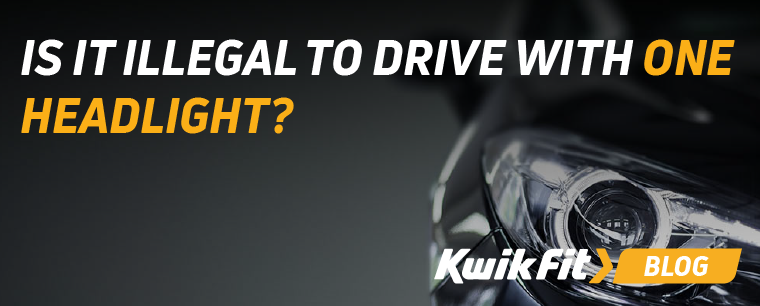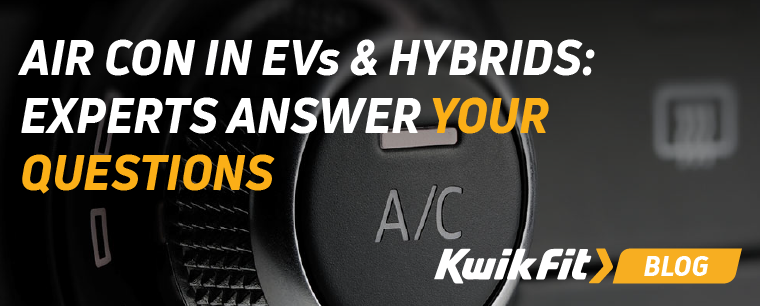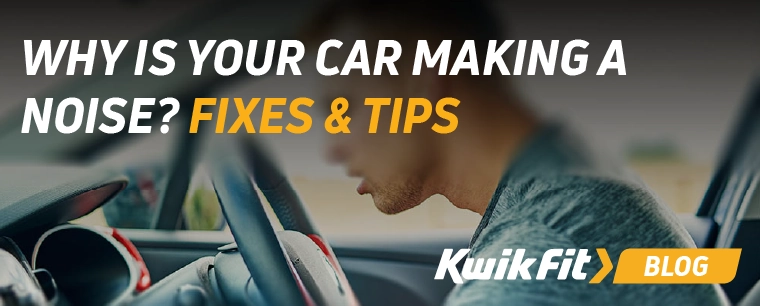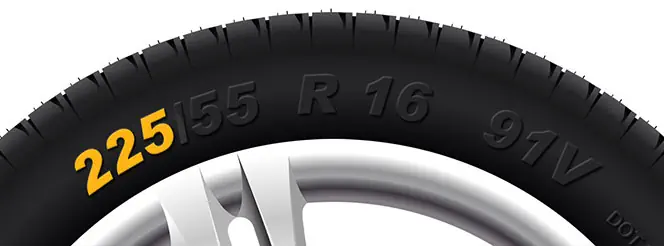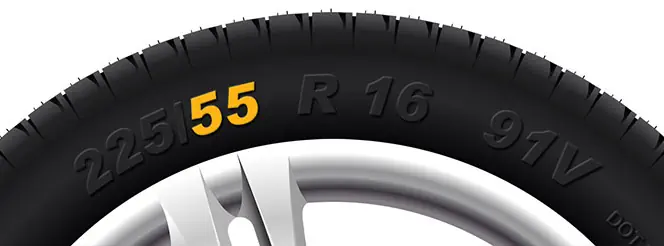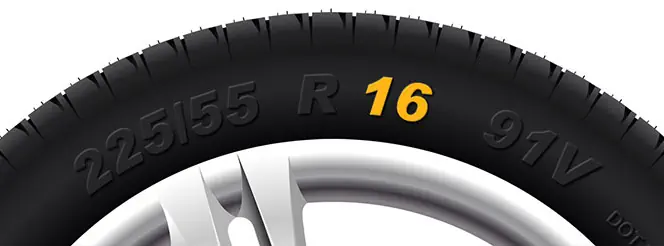Driving in Low Sun: Our Tips
Jack Dreyer | Thursday 15th December 2022 8:00am
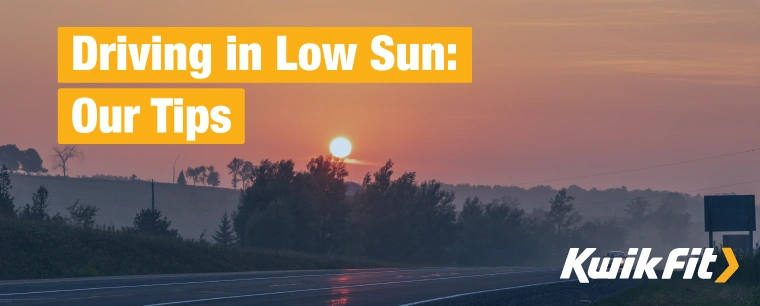
Getting into the winter months as a driver can often feel like a gradual pile-up of extra hazards Ė youíve got black ice, snowstorms, excessive rain, deteriorating roads, and even low sun. And, while this may seem like a stretch to a first-time driver, experienced drivers all know how hard it can be to drive when being dazzled by sunlight.
So, what is low sun and what can you do about it?
What is low sun?

Because of the rotation of the earth on its axis (the wobbling effect youíll likely have seen in solar system animations), the angle of the sun against the northern hemisphere in winter is really low. In some places, itís at such a low angle in the winter months that it doesnít come back up again for up to 52 days!
While this is great for hibernating animals, driving with the sun directly in your eyes is hugely unpleasant Ė and itís also unfortunately not a valid excuse if you get into an accident. Whatís more, the low angle of the sun coupled with newly reflective surfaces like snow and ice is a real recipe for quick dazzling.
What can you do about low sun, then?
Use your carís visor
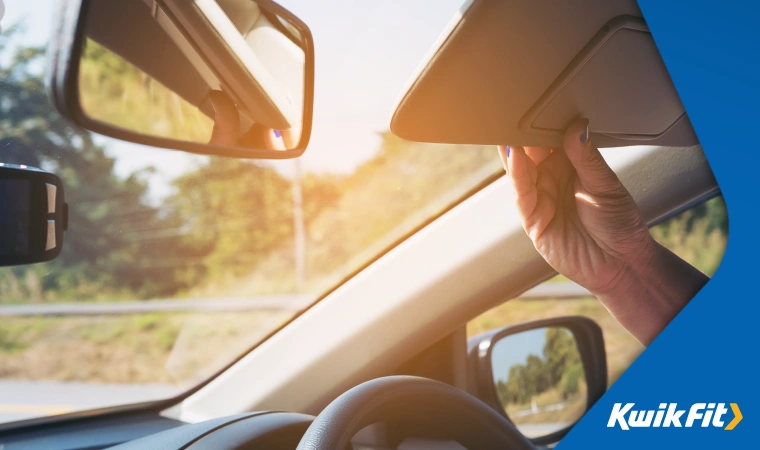
The first thing youíd think of doing is using the visor. This is, of course, great for when the sunís at a high enough angle that you can block it with the visor Ė but isnít always possible. Visors are also great for blocking side light if youíre driving, for example, at a ninety degree angle to the sun.
Often, however, the problem of low sun glare is that the sun is so low that the visorís as good as useless. The best thing to do in that situation is:
Invest in some good sunglasses
Wearing sunglasses while driving can feel awkward for many new drivers Ė after all, the aim is to have as much visibility of the road as possible. But the perception that sunglasses make everything darker comes primarily from the cheap tinted-glass sunglasses. These work just by reducing the overall amount of light that comes through, so thereís less glare but thereís also a lot less of everything else.
Coupled with the general darkness in winter months, regular sunglasses are likely to be more of a danger than a benefit. Instead, invest in some good polarised sunglasses. These are usually tinted to a degree, but work primarily by blocking sunlight at certain angles.
You donít necessarily need to remortgage your house for some professional cyclist sunglasses (though itís a great investment if you also cycle), but any half-decent pair of actually polarised sunglasses will do wonders for visibility in low sun.
That said, you still need to be careful to take them off when the general light drops Ė ďI forgot I was wearing sunglassesĒ is also not a great excuse if you get into an accident.
Keep your distance
Much like driving in any reduced visibility situation like heavy snow or rain, be sure to slow down and keep your distance when driving in low sun. Some reckless drivers may get annoyed at you driving at a reduced speed, but youíll usually find that people generally slow down when they canít see ahead very well.
Slowing down and leaving plenty of room ahead of you gives you ample time to respond to hazards.
Keep your windscreen clean

You might not expect this, but keeping your windscreen clean can dramatically reduce the amount of glare you experience. This applies to the inside as well as the outside of your windscreen.
Think of it in the same way as fog or dust Ė when you shine a torch into it, the light diffracts and is blocked by all the particles in the air. The same thing happens to your windscreen, causing somewhat focused light to refract and become glare.
Make sure your carís safe for winter
Dealing with low sun glare is important, but itís no help if your wheels and brakes canít stop you in an emergency Ė be sure to take your car to your local Kwik Fit centre for a free winter checkup to keep you safe.
Any facts, figures and prices shown in our blog articles are correct at time of publication.
Featured Articles
Is it Illegal to Drive With One Headlight?
Saturday 19th July 2025
Wondering if itís illegal to drive with one headlight? Learn about the safety risks and penalties of illegal blown bulbs and why you should fix them promptly.
Air Con in EVs & Hybrids: Experts Answer Your Questions
Monday 30th June 2025
Does air con drain EV batteries? Can you use the air con while charging an electric car? Find out the answers to these questions & more from Kwik Fitís experts.
Why Is Your Car Making a Noise? Fixes & Tips
Friday 13th June 2025
When your car starts making unexpected noises, it can certainly be quite disconcerting; it may be nothing to worry about, but hereís what you need to know.


